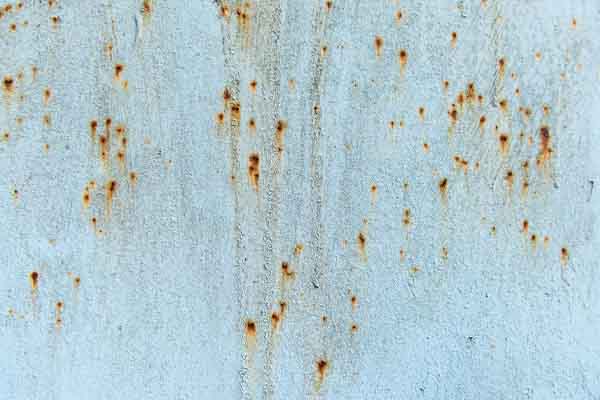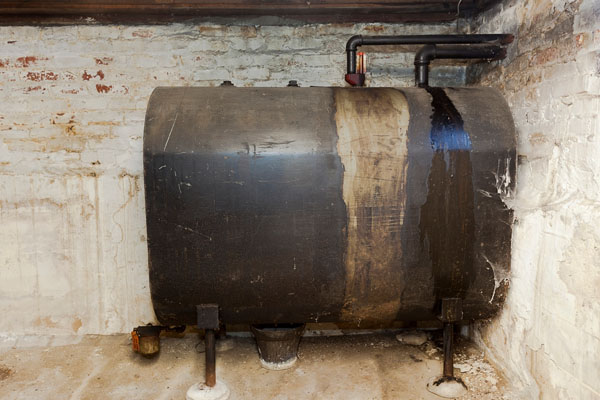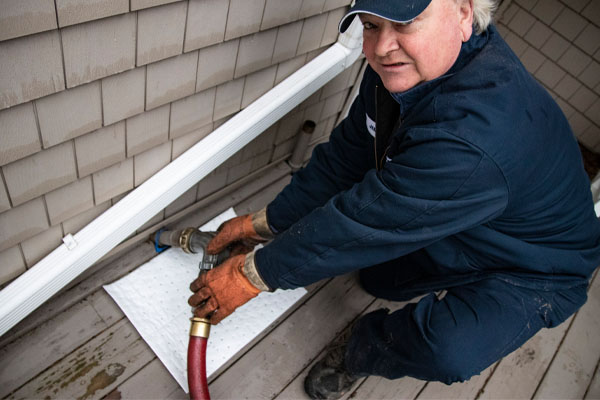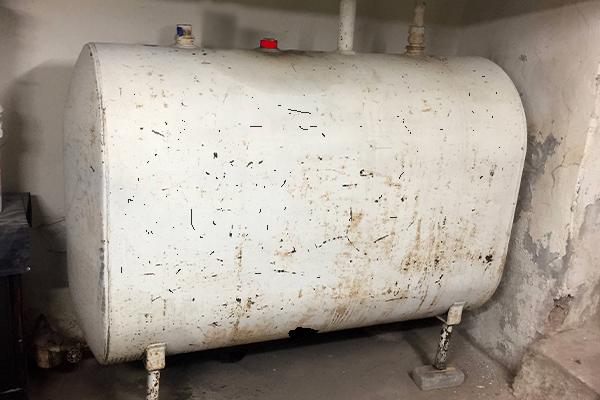What You Should Know About Condensation In Home Oil Tanks
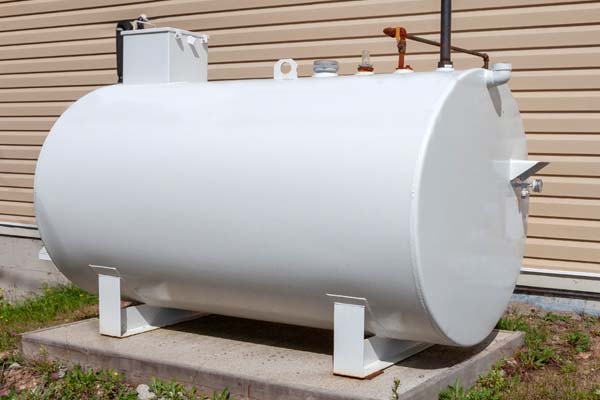
In oil heating systems, fuel oil tanks are used to store and safeguard fuel. While this configuration works well, it is not without problems. Water can occasionally enter the heating oil tank, creating issues like oil tank condensation. It is a common yet avoidable situation.
What You Should Know About Condensation In Oil Tanks
Contents
- 1 What You Should Know About Condensation In Oil Tanks
- 2 What Causes Water To Collect In Your Residential Oil Tank?
- 3 What Happens If Water Infiltrates My Heating Oil Tank?
- 4 How To Prevent Condensation In A Heating Oil Tank
- 5 How To Drain The Water From Your Oil Tank
- 6 Consequences Of Failure To Drain Your Oil Tank
- 7 For Superior Heating Oil Deliveries, Call Townsend Energy
Continue reading to understand more about condensation in oil tanks and how to prevent it.
What Causes Water To Collect In Your Residential Oil Tank?
Water is found throughout nature in a number of forms. It has the potential to progressively penetrate the tank. To be better positioned to prevent a recurrence if you can discover how water entered the oil tank.
1. Precipitation
If your tank is located outdoors, it will be exposed to rainwater. Water is a persistent substance. It may enter small spaces and narrow gaps, such as unsecured caps and lids. Tanks positioned near a residence are similarly susceptible to gutter overflows. Older oil tanks may have weak points such as poor seals and damaged walls.
2. Condensation
Condensation will always be an issue regardless of the position of the tank. The air vents are designed to draw in moist air from the outside. Water vapor can condense into a liquid if the internal temperature is sufficiently low. Droplets can develop on the tank’s internal walls and finally fall to the bottom of the tank. If left unchecked, condensation will likely worsen over time despite the fact that only a few drops of water are present.
3. Groundwater
If there are openings around underground oil tanks, water can enter. This is concerning since the issue is not just with water entering, but also with oil escaping and polluting the soil. Damage to an underground tank of any kind requires professional attention.
What Happens If Water Infiltrates My Heating Oil Tank?
Due to the fact that oil floats on water, determining the presence of moisture just by observation is challenging. This becomes considerably more difficult when dealing with an inaccessible subsurface tank. It’s common for water to remain hidden for long periods of time. It will only become apparent if symptoms start to show.
Avoiding water damage in the oil tank is preferable to dealing with it after it has already occurred. Maintenance and inspections performed on a regular basis can save a great deal of time and frustration. For routine checks, put a water-finding paste to the bottom of the tank, near the area where water tends to accumulate (follow your manufacturer’s suggestions or a heating oil specialist). The presence of moisture is indicated by a change in hue. The presence of considerable amounts of water requires the prompt attention of an expert full-service oil supplier.
How To Prevent Condensation In A Heating Oil Tank
Since you are now familiar with the dangers, focus your efforts on preventing further water from getting into the oil tank. Some simple methods you might want to consider are as follows:
1. Visually Examine The Fuel Oil Tank
Ensure that you inspect the outside of the tank on a regular basis for signs of damage including corrosion, paint flaking, and perforation. Check to see that all of the lids and caps are properly attached. Screw them firmly in place.
2. Perform A Water Test
Visual inspections will miss certain things; therefore, conduct regular water tests. Make an attempt to reach the cylinder’s bottom using a water-finding paste (see your manufacturer’s guidelines or a heating oil specialist). A soil contamination test will suffice for subsurface tanks.
3. Protect The Tank From Excessive Heat
Consider installing the tank in the shade and protect it from the sun by coating the outside with a light-colored reflecting paint. This will assist in preventing condensation from taking place inside the tank as a result of significant temperature fluctuations outside.
4. Ensure That You Have An Adequate Amount Of Oil In Your Tank
By allowing the fuel level to decrease to dangerously low levels, additional moist air is allowed to enter. As a result, condensation occurs more frequently. Make sure that you schedule an oil delivery on time in order to prevent this from happening. Maintain a full home oil tank during the heating season and the off-season.
5. Consult With Oil Tank Experts
Professional oil tank technicians can inspect and, if necessary, replace your heating oil tank. Additionally, they can offer guidance on the best site to guarantee a long life.
How To Drain The Water From Your Oil Tank
If a moisture test indicates that standing water exists, one of three ways must be performed to remove it. Always seek the help of a professional to deal with the situation. A professional may take the following measures, based on the circumstances.
A professional may take the following measures, based on the circumstances.
1. Drain
A sludge valve is located at the bottom of metal tanks. A specialist can open this to allow the water to drain. It’s possible that some oil will leak out from time to time, so they’ll collect and dispose of it.
2. Pump
Although plastic tanks lack this valve, you can transfer very small amounts of water using a hand pump. Depending on the volume of water, it may not be sufficient; in that case, consult with the experts.
3. Absorb
Additionally, a professional may insert a water-absorbent sock into the tank to prevent moisture buildup at the bottom. Socks should be changed every couple of months. The old ones will have to be disposed of in an appropriate manner. An alcohol-based dispersant can also be utilized.
Consequences Of Failure To Drain Your Oil Tank
1. A Rusty Oil Tank
Individuals may feel that water is harmless and hence ignore the matter totally. However, over time, this irresponsibility may cause damage to the heating system. For instance, water can corrode the oil tank walls. Heating oil tanks made of steel tend to develop corrosion on the interior. If you look at it from the outside, you may be staring at a perfectly good cylinder that is slowly deteriorating on the inside. There will be future issues as a result of this weakening of the walls. This will result in a decrease in the system’s overall efficiency and effectiveness.
2. Freezing
Because oil has a low freezing point, it is unaffected by the cold during the winter. Water, on the other hand, freezes when the temperature falls below 0 degrees Celsius or 32 degrees Fahrenheit, as is common in several areas. Frozen water in storage tanks can clog oil supply lines, resulting in a total system failure at a time when the household is desperate for heat.
3. Bacteria
Bacteria generally flourish in moist areas. Due to the presence of water in oil tanks, these bacteria can thrive. They might turn into sludge at the bottom of the tank. Additionally, they may produce acid, which increases corrosion in the tank, as well as the burners, filters, and fuel lines. This can cause significant complications.
Conclusion
An oil tank should never contain any water. Keep it out of the tank to avoid damage to the tank and heating system issues. Adhere to the preventative measures indicated here and, in more severe circumstances, seek expert assistance.
For Superior Heating Oil Deliveries, Call Townsend Energy
Townsend Energy is proud to be a trusted, affordable heating oil supplier in the area. We offer different oil delivery plans and financing options. This way, you can customize your oil deliveries by choosing which option works best for you. By working with us, you can expect affordable oil prices and fast and reliable fuel deliveries.
Also, when you need maintenance service or repair for your heating system, our professionally certified technicians can help you. Our home heating services aim to improve efficiency, comfort while reducing your energy costs. Call Townsend Energy today to schedule your appointment.
Contact us now at (800) 722-4101 to find out more!


